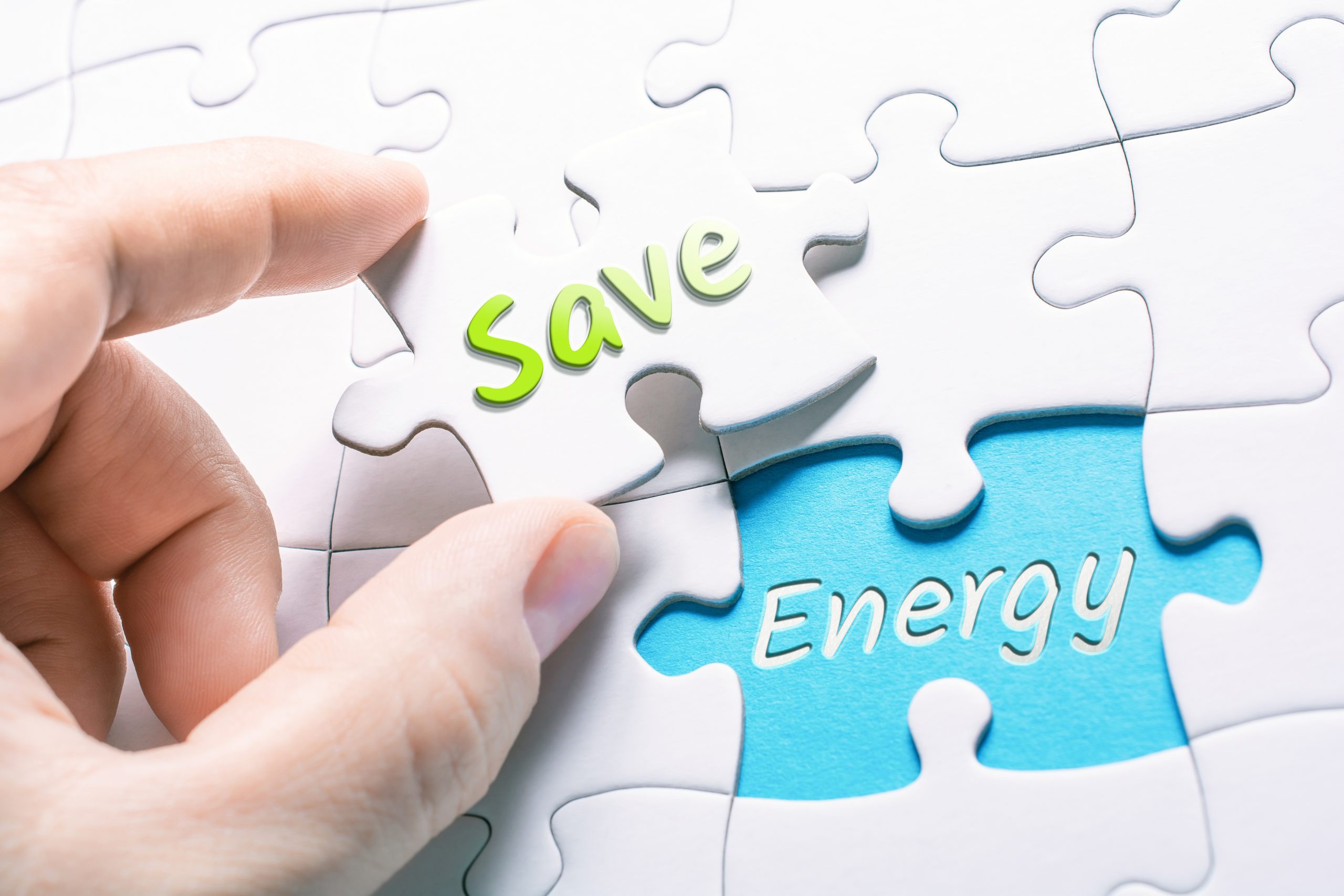Finding areas to save money in an already over-committed budget to put towards a down payment and closing costs is one of the biggest challenges for many first-time home buyers. Start implementing these energy-saving tips to see savings on your utility bills. Homeowners will also find these tips valuable to save for their next financial goal.
Lighten your energy bill
- Turn off unnecessary household lights. If you live in a multiple person household, consider installing an occupancy sensor that works by detecting a person’s presence by motion to switch the lights off automatically. The devices, which are inexpensive and easy to install, can cut your wasted electricity for lighting by 30%*.
- Change your light bulbs to LED. While they cost a little more upfront, they will last longer, and they use less power.
Heat and cool your home for less
- In most homes, your HVAC system is likely to consume the most energy of all of your appliances, accounting for 48% of the average home’s energy use. Adjust your HVAC thermostat. Depending on which part of the country you reside in, aim to set the thermostat for 85 degrees while you’re away from the house all day and 78 when you’re at home. In the winter, aim for around 68 degrees when you are home and 58 or less while you are out for several hours or sleeping. This adjustment will help save up to 10% on heating and cooling costs* for your home.
- Turn the HVAC fan setting to Auto to stop the fan from working when the unit isn’t heating, or cooling will save an additional $15 to $25 per month.*
- Clean registers and vent covers at the start of summer and winter, and shut registers in the rooms you don’t regularly use.
Reduce power consumption
- Electronics and appliances draw power even when you’re not using them. For example, mobile phone chargers use 2.24 watts when your phone is fully charged and still connected and 0.26 watts when the charger remains plugged in after the phone is removed.
See which appliances and electronics you can unplug to reduce your monthly electrical bill by 10%.* View the standby power for various household appliances and electronics to see the watts you could save by turning off idle appliances, TVs, computers, and office equipment. - Use power strips that have on/off buttons to power off your appliances and electronics. When you go on vacation, unplug the power strips to save even more energy.
Lower water heater temperature
- Reduce the temperature of your water heater thermostat to 120ºF (the default temperature is usually 140ºF ) can save $36 to $61 annually in standby heat loss and more than $400 from water use in your home*. The reduced temperature will also slow mineral buildup and corrosion in your water heater and pipes, and reduce the risk of running a scalding hot bath or tap.
- Turn the thermostat down to its lowest setting or completely turn off the water heater when you go on vacation.
- An on-demand or tankless water heater takes up less storage space and will deliver plenty of hot water to run a bath or take a long shower.
Efficiently do laundry
- Washing and drying your clothes efficiently will help them last longer, saving money and reducing your energy consumption.
A high-efficiency washing machine uses less cold water and less detergent if you use high efficiency (HE) laundry detergent for all loads. The next time you purchase a new washer, look for a HE ENERGY STAR model, which uses 35% less water and 20% less energy than standard washers**. - If you don’t have a high-efficiency washing machine, use cool water for laundry that isn’t very dirty. Save the hot water for things like kitchen towels.
- Air dry your clothes to save power from using the dryer and help maintain your clothes’ shape.
- Drying sheets and towels in the sun provides a sanitizing effect, in addition to saving power. If you can’t have a clothesline in your backyard or live in an apartment, place cloth on a folding drying rack outside.
- If you must use the dryer, tossing a clean, dry towel in the dryer with your clothes will absorb moisture and speed the drying process. An ENERGY STAR certified dryer will use about 20% less energy than conventional models.
Insulate your home
- Check your windows and doors for leaks. Check the window seals, and reseal if necessary. Caulk or add weatherstripping to provide a tighter seal.
- Hang thermal curtains and insulating shades to hold the warmth in winter, and keep the cool air in summer. Open blinds and curtains during the day on the sunny side of the house to let the sun warm those rooms.
- Insulate your water heater tank with an insulated jacket or blanket designed to help prevent the heat from escaping to reduce standby heat losses by 25%–45% and save about 7%–16% in water heating costs annually.*
- Add more insulation to your attic or crawlspace. If your attic is easily accessible, spray foam insulation provides a better R-value than blow-in insulation. Rooms located above a garage can get cold from the drafty open space below, so insulate the garage ceiling, too.
* U.S. Department of Energy
** energystar.gov




